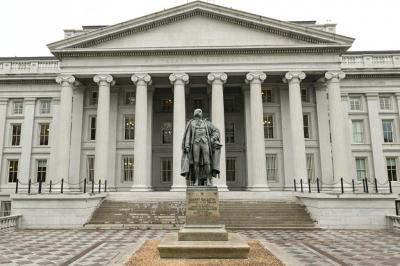It is often said when criticizing the legality of unfair systems that “laws are made to be broken.” Could the same be said about circulars?
While laws rank just below the Constitution and outweigh all other decisions and circulars, they are routinely violated in Lebanon—directly or indirectly. This persistent disregard for the law has paved the way for financial institutions to bypass Central Bank circulars and regulatory measures, especially those meant to protect depositors from excessive bank charges.
Unjust and Arbitrary Commissions
Bank clients have long complained about high, often arbitrary commissions. Many liken them to a “saw” that cuts both ways—deducting fees when withdrawing, depositing, or even requesting a basic service like a signature verification. These commissions often limit depositors’ ability to withdraw the amounts allowed by Banque du Liban (BDL) under its circulars and appear to vary from one bank to another, with no transparent standards.
A clear example lies in the withdrawal fees imposed under Circulars 158 and 166, which authorize withdrawals of $800 and $400, respectively, from “pre-” and “post-October 2019” dollar accounts. Some banks, however, forbid in-branch withdrawals and force clients to use ATMs, charging between 1% and 1.5% per transaction. For those withdrawing $400, this means receiving only $394 after deductions—and since ATMs impose withdrawal limits, depositors often need two separate transactions, doubling the fee to around $12.
To make matters worse, the accounts opened for Circulars 158 and 166 are usually sub-accounts of a main account, which itself incurs “maintenance” or “operating” fees. These additional deductions violate BDL’s own circulars, which stipulate that withdrawals should be made in full and without any deductions.
Supervisory Committee’s Intervention
In response to this growing abuse, Lebanon’s Banking Control Commission issued a new memorandum earlier this month addressing deposit accounts and related fees. It builds on BDL’s Basic Circular No. 147, amended by Intermediate Circular No. 679 in 2023, which explicitly bans banks from imposing any new fees that were not in place before October 31, 2019.
The circular also requires banks to prepare a detailed and verified list of all applicable fees, their calculation methods, and collection mechanisms, and to display this list clearly at their headquarters, in all branches, and on their websites. Non-compliance may lead to disciplinary action under Article 208 of the Code of Money and Credit—including, in severe cases, removing the bank from the list of licensed financial institutions.
Reactivating Dormant Accounts
To encourage movement in so-called “dormant accounts,” the Commission ordered that all non-cash accounts that became inactive after October 31, 2019, be automatically reclassified as active within one month of the circular’s issuance—without requiring the client to be physically present.
Banking risk expert Dr. Mohammad Fheili explains that “non-cash accounts” refer to those created or funded by checks rather than cash. Following the closure of Jammal Trust Bank in 2019, BDL directed several banks to open such accounts, transferring large sums via checks between institutions.
These accounts, however, will not be considered dormant as long as the banking restructuring process remains incomplete. The only exceptions apply to clients who cannot be reached by any means, to whom banks must communicate the risks of leaving their accounts inactive.
Reducing Liabilities Before Restructuring
Although reactivating an account may technically allow depositors to benefit from withdrawal circulars 158 and 166, each bank still retains the discretion to impose a fee. Circular 151—an older, now-expired directive—is no longer included in these regulations.
According to Fheili, “While officials claim to protect small depositors, the actual measures serve the banks’ interests. Treating each depositor as a single entity across multiple banks helps reduce total sector liabilities. Meanwhile, banks continue to settle dollar deposits at the outdated exchange rate of 15,000 LBP per dollar, in a clear attempt to shrink obligations before any future restructuring—if such a phase ever comes.”
The Real Test: Enforcement
Putting rules on paper is one thing; enforcing them is another. The legal framework for regulating commissions already exists, notably under Circular 147 of 2019, yet banks have long ignored it without consequence. Unless this latest initiative is coupled with real enforcement—through audits, penalties, and judicial follow-up on depositors’ long-stalled lawsuits—it risks becoming just another unheeded text, leaving depositors exposed to ongoing violations under the guise of regulation.
Please post your comments on:
[email protected]
 Politics
Politics














